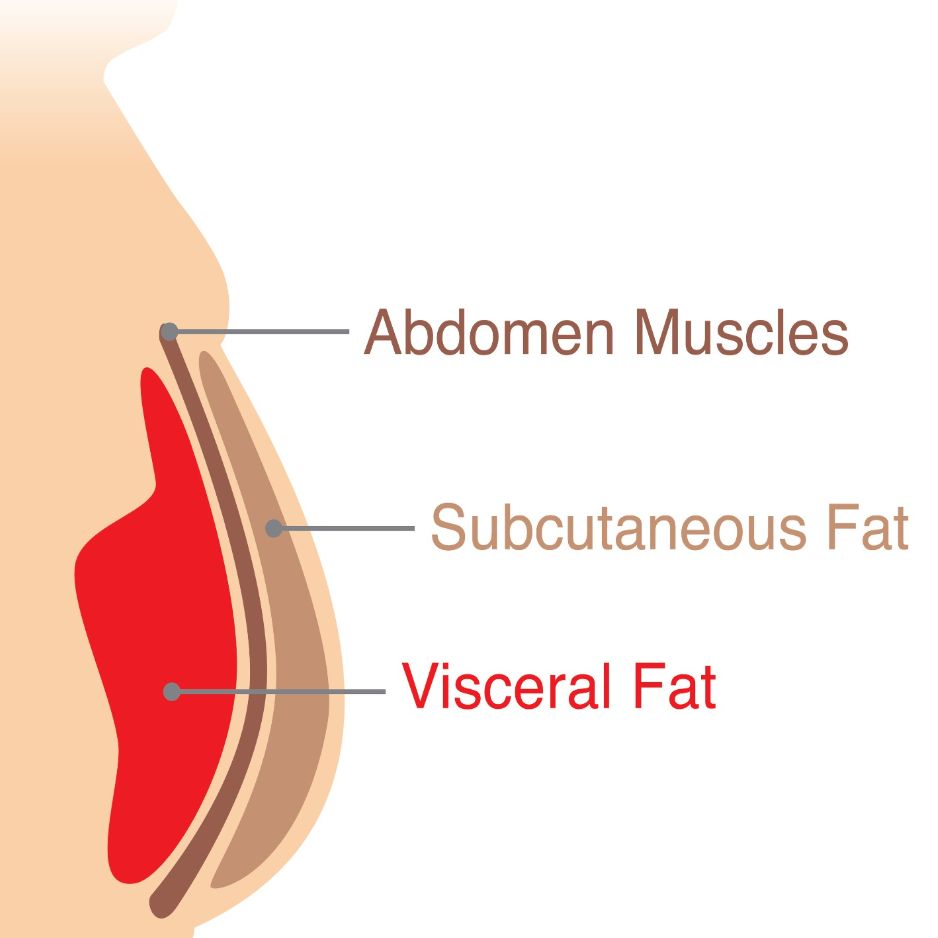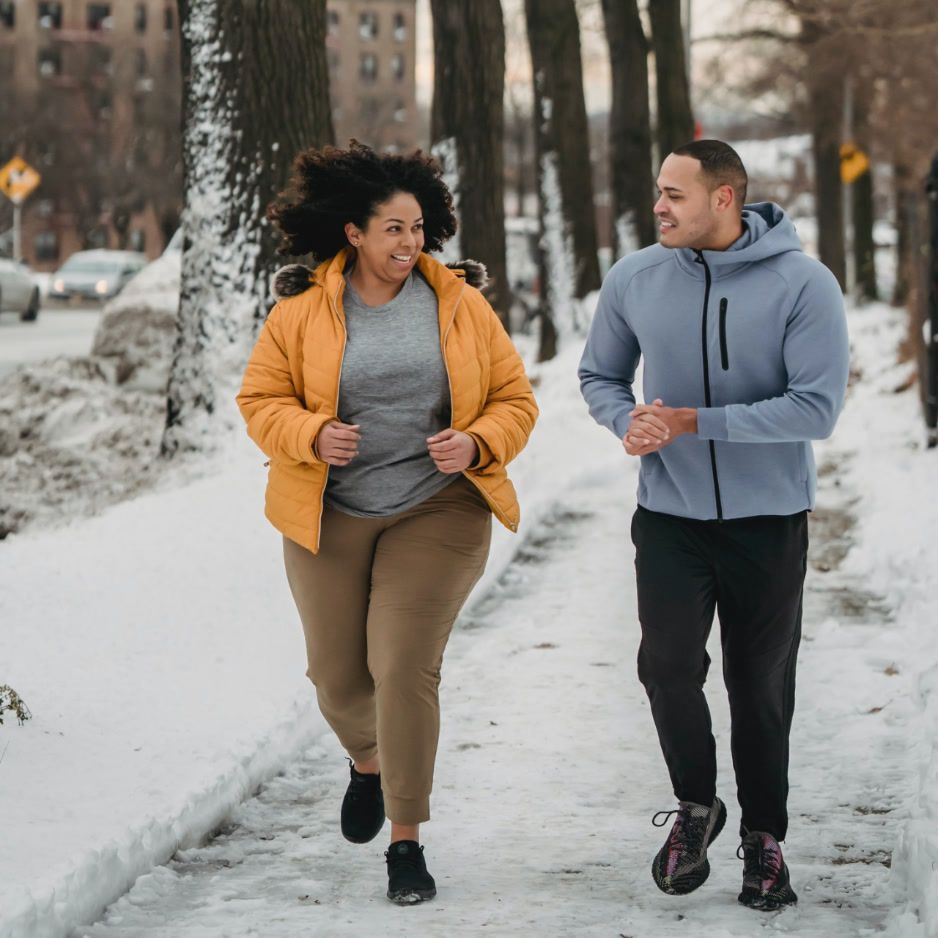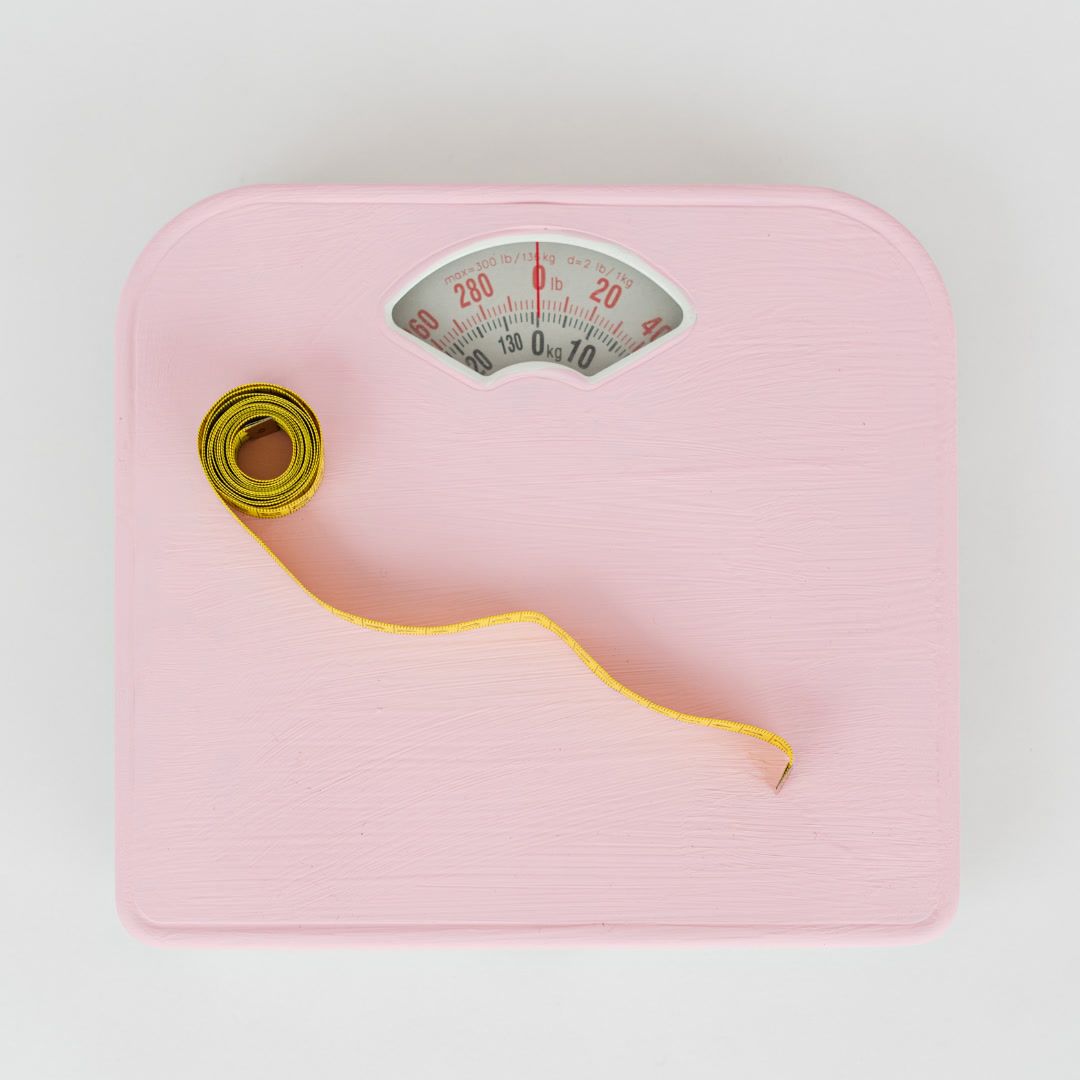Prediabetes Symptoms: 12 Signs & Testing Guide

Prediabetes Symptoms: 12 Signs & How to Get Tested
More than 1 in 3 U.S. adults—about 98 million people—already have prediabetes, according to the Centers for Disease Control and Prevention (CDC). The kicker? Most feel perfectly fine. Prediabetes can quietly simmer for years before a routine blood test—or a sudden jump to type 2 diabetes—sounds the alarm. Spotting the early prediabetes symptoms and acting quickly gives you the best shot at stopping (and even reversing) the progression.
Quick take: If you’re experiencing several of the symptoms below—or you simply have risk factors—ask your doctor for a fasting glucose, A1C, or oral glucose-tolerance test.
Why Prediabetes Often Flies Under the Radar
Prediabetes develops when your cells become insulin resistant. Your pancreas keeps churning out extra insulin to corral rising blood sugar, but eventually the system can’t keep up, and glucose lingers in the bloodstream, as noted by the Mayo Clinic. During this stage, blood sugar is elevated—but not yet in the diabetes range—so damage is happening quietly.
That’s why some people notice zero obvious signs. Others experience vague, easily dismissed symptoms that come and go. Let’s review both the classic and the “stealth” signals.
12 Signs and Symptoms That May Point to Prediabetes

| # | Symptom | What’s Happening & Why It Matters |
|---|---|---|
| 1 | Increased thirst (polydipsia) | Excess glucose pulls water out of cells, triggering thirst. |
| 2 | Frequent urination (polyuria) | Your kidneys work overtime to flush out extra sugar, so you hit the bathroom more often—especially at night. |
| 3 | Fatigue after meals | Cells can’t efficiently absorb glucose for energy, leaving you sluggish. |
| 4 | Blurred vision | High blood sugar alters fluid levels in the eyes and can swell the lens. |
| 5 | Tingling or numbness in hands/feet | Persistently elevated glucose can irritate peripheral nerves. |
| 6 | Slow-healing cuts or frequent infections | Glucose-rich blood hampers circulation and feeds microbes (Cleveland Clinic). |
| 7 | Increasing abdominal fat | Central weight gain—often described as a growing waistline—is tightly linked to insulin resistance (Mayo Clinic). |
| 8 | Dark, velvety skin patches (acanthosis nigricans) | High insulin levels stimulate skin-cell growth in neck, armpit, or groin folds (Cleveland Clinic). |
| 9 | Skin tags | Small, soft growths often accompany acanthosis nigricans and signal insulin resistance. |
| 10 | Frequent yeast or urinary-tract infections | Sugar-laden bodily fluids promote microbial overgrowth. |
| 11 | Persistent hunger soon after eating | Cells don’t uptake glucose efficiently, so hunger signals stay on. |
| 12 | Brain fog or trouble concentrating | Fluctuating blood sugar can impair the brain’s steady access to glucose for fuel (Healthline). |
Important: These symptoms can have many causes, and some people with prediabetes have no symptoms at all. The only way to know for sure is a blood test.
Are You at Risk? Key Prediabetes Risk Factors
Take a quick scan of the list below. One or more checkmarks means it’s worth asking for lab work.
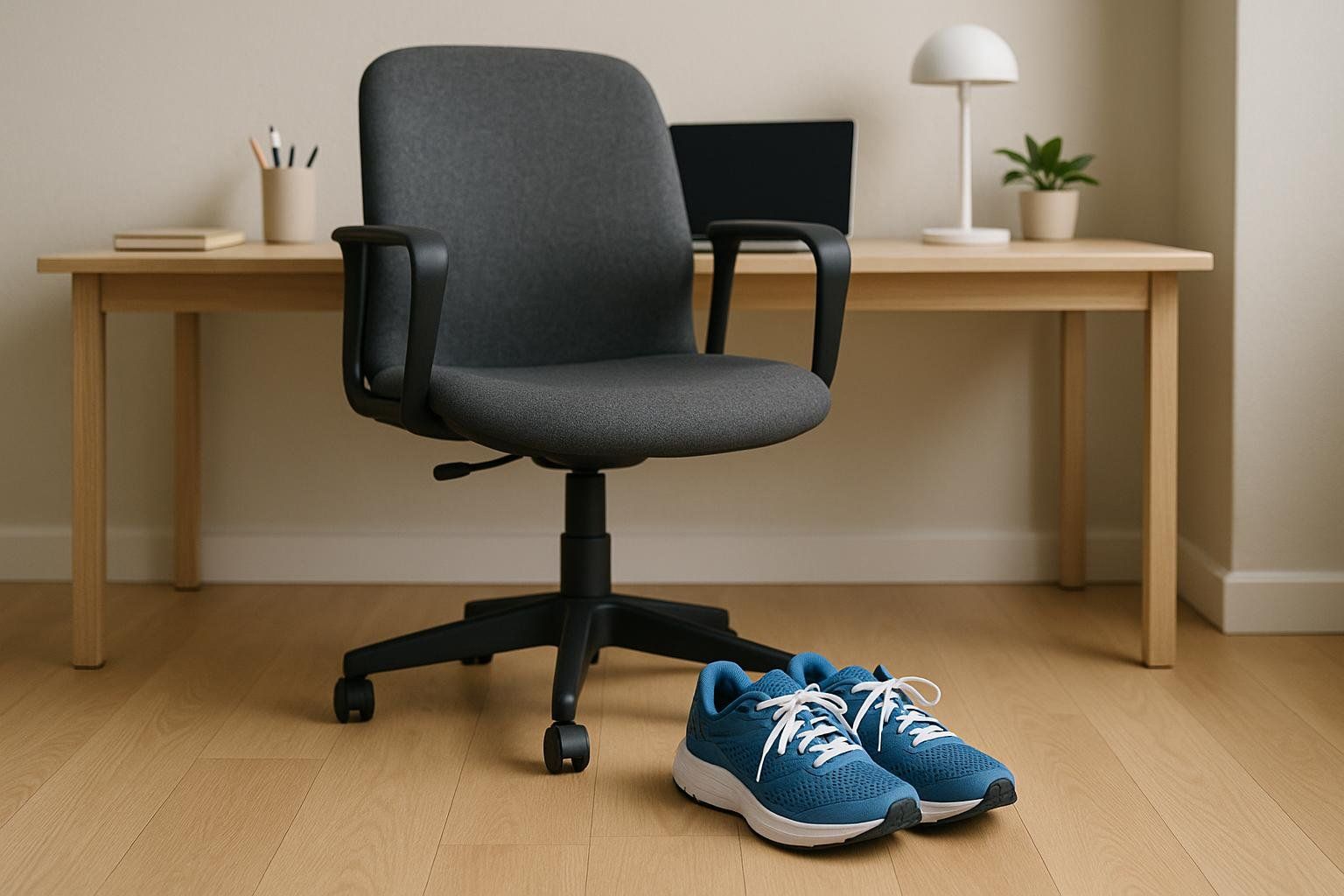
- Age ≥ 45 years (CDC)
- Overweight or obese (BMI ≥ 25) or carrying most weight around the midsection
- Family history of type 2 diabetes
- Sedentary lifestyle (exercising fewer than three times per week)
- History of gestational diabetes or delivering a baby > 9 lbs
- Polycystic ovary syndrome (PCOS)
- High blood pressure or abnormal cholesterol (low HDL, high triglycerides)
- Certain racial/ethnic backgrounds: African American, Hispanic/Latino, Native American, Pacific Islander, and some Asian American groups (CDC)
- Smoking or long-term steroid use
Diagnostic Numbers at a Glance
| Test | Normal | Prediabetes | Diabetes |
|---|---|---|---|
| A1C (three-month average) | < 5.7 % | 5.7–6.4 % | ≥ 6.5 % |
| Fasting Plasma Glucose | < 100 mg/dL | 100–125 mg/dL | ≥ 126 mg/dL |
| 2-hr Oral Glucose Tolerance | < 140 mg/dL | 140–199 mg/dL | ≥ 200 mg/dL |
Diagnostic thresholds based on CDC guidance. A single abnormal result often prompts a repeat test for confirmation.
Prediabetes & PCOS: A Special Consideration
Women with PCOS are about four times more likely to develop prediabetes or type 2 diabetes, according to the Endocrine Society. If you have PCOS, watch for the skin changes, fatigue, and weight-gain patterns mentioned above, and discuss earlier screening with your healthcare provider.
When Should You Get Tested?
The American Diabetes Association (ADA) advises:
- All adults age 35+ should be screened at least every three years.
- Earlier and more frequent testing if you’re overweight and have additional risk factors (for example, a family history of diabetes or a history of gestational diabetes).
Scheduling fasting blood work first thing in the morning minimizes fasting time, and bringing a balanced snack helps normalize blood sugar afterward.
How to Reverse Prediabetes
Research from the CDC shows losing just 5–7 % of body weight and logging 150 minutes of brisk walking per week can cut diabetes risk by up to 58 % (71 % for adults over 60).
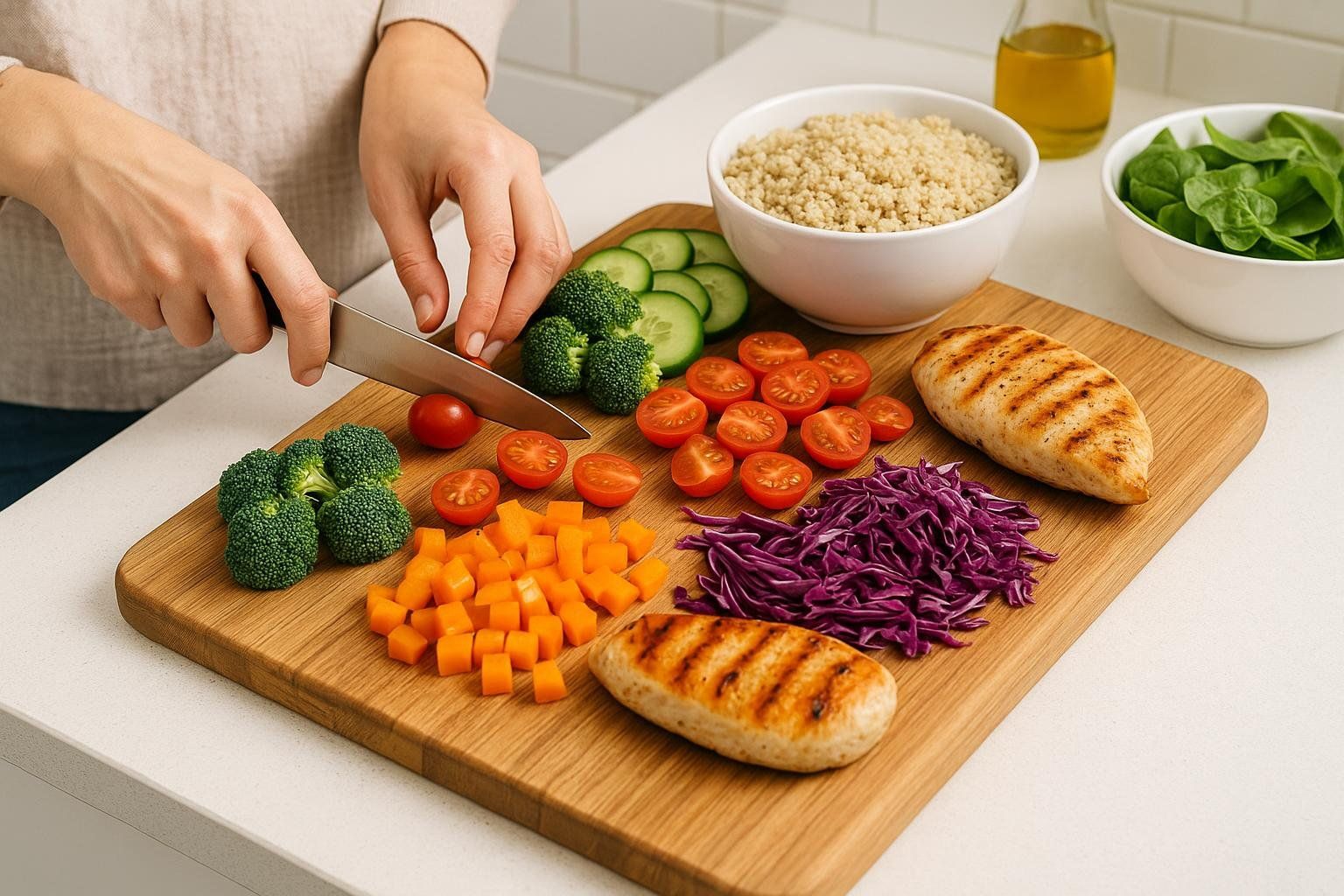
Your action plan:
- Dial-in nutrition. Prioritize vegetables, lean protein, high-fiber carbs, and healthy fats. Minimize sugary drinks and ultra-processed snacks.
- Move daily. Aim for 30 minutes of moderate activity (walking, cycling, swimming) five days a week. Strength training twice weekly helps improve insulin sensitivity.
- Track your composition—not just scale weight. A DEXA body-composition scan reveals how much fat vs. muscle you’re losing—see our body composition scan guide for details.
- Manage stress and sleep. Consistently poor sleep and chronic stress elevate cortisol, which can worsen insulin resistance.
- Consider medical support. In some high-risk cases, healthcare providers prescribe metformin alongside lifestyle changes.

Turn Awareness into Action
If you checked multiple symptoms or risk factors, arrange blood work soon. Early detection turns prediabetes into a do-something-about-it diagnosis, not a life sentence.
BodySpec’s DEXA scan can give you a precise snapshot of visceral fat—the abdominal fat most strongly linked with insulin resistance—and track changes over time. Pair your doctor’s labs with objective data so you can see progress, not guess.
Find a BodySpec DEXA scan location near you to get the objective data you need to reverse your risk.
FAQ
Is prediabetes really reversible? Yes. As the CDC shows, lifestyle interventions in the National Diabetes Prevention Program can cut risk by more than half.
Do all people with prediabetes feel symptoms? No. Many feel nothing until type 2 diabetes develops, which is why screening is so important.
Can thin people develop prediabetes? Absolutely. The Cleveland Clinic notes that genetics, inactivity, and visceral fat can drive insulin resistance even in normal-weight individuals.
This article is for educational purposes and is not a substitute for professional medical advice.
